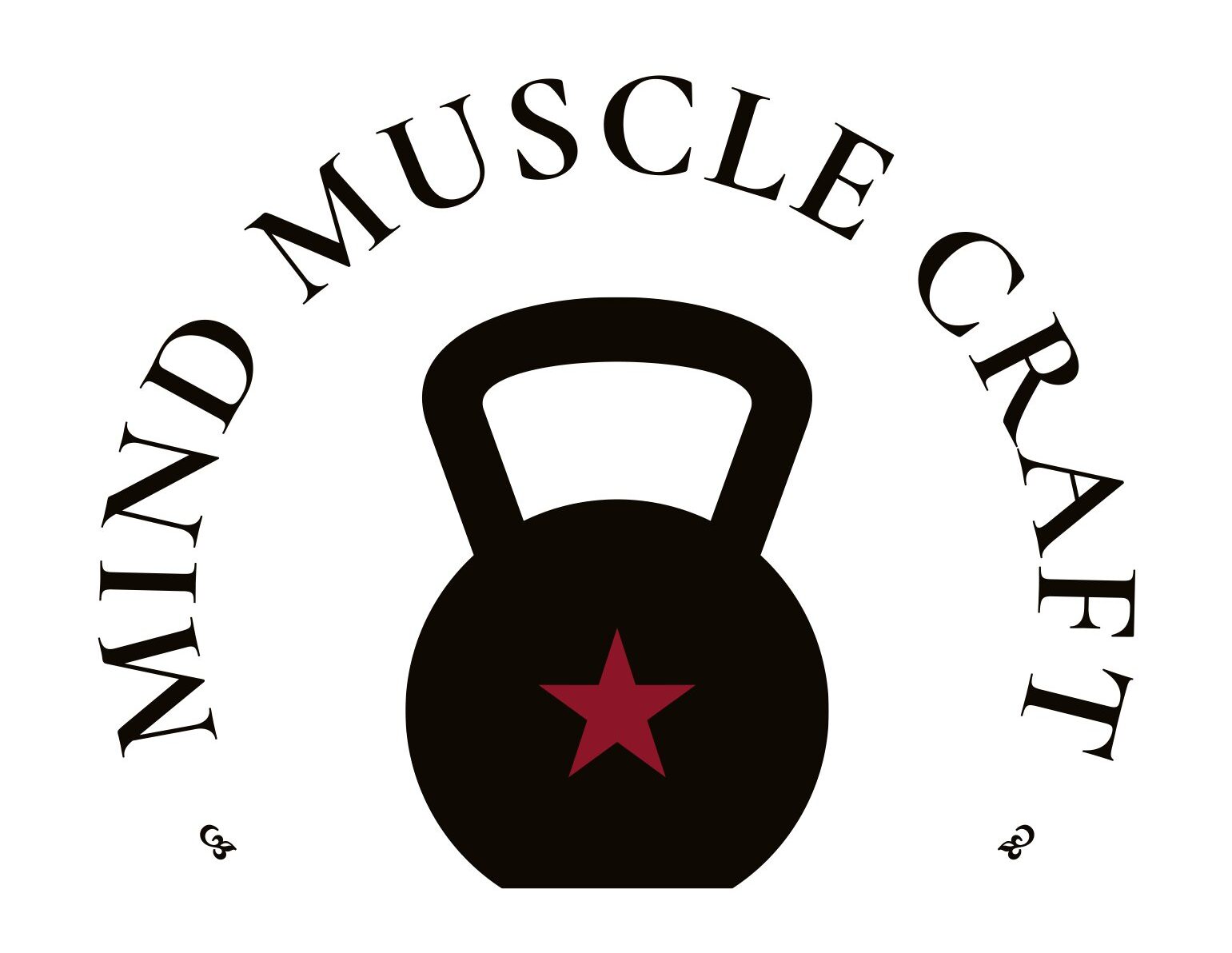Navigating Blood Pressure: Your Path to Heart Health
When monitoring your blood pressure, you’ll come across two crucial numbers: systolic and diastolic. The top number (systolic) reflects the force when your heart beats, while the bottom number (diastolic) signifies the pressure when your heart is at rest between beats. Aim for the optimal range of 120/80 mm Hg for a heart-healthy journey.
Your Heart, Your Fitness:
Exercise is the Hero: Engage in regular physical activity, be it cardio, strength training, or yoga. Movement is a superhero in the battle against high blood pressure, playing a pivotal role in maintaining optimal levels.
The Role of Nutrition: Fuel your body with a diet rich in fruits, vegetables, whole grains, and lean proteins. Keep a watchful eye on sodium intake, as excessive salt can elevate blood pressure.
Understanding Blood Pressure Medications:
The majority of antihypertensive medications predominantly target one of four distinct areas in the body: the heart, aiming to decrease its contractile force; the peripheral blood vessels, with the goal of opening or dilating them to enhance blood flow; the brain, to reduce sympathetic nerve activity; or the kidneys, intending to reduce body water and lower blood volume. The specific site of action plays a crucial role in determining the medication’s impact on an individual, including potential side effects.
Beta Blockers:
Mechanism: Beta blockers like metoprolol and propranolol target the heart, blocking beta-adrenergic receptors and reducing stress hormones’ effects.
Effect: By limiting sympathetic nervous system stimulation, beta blockers decrease heart rate and the force of heart contractions.
Use: Prescribed for cardiovascular disorders, effectively reducing resting, exercise, and maximal heart rates.
Exercise Consideration: Crucial adjustments in exercise intensity are needed, utilizing tools like the Borg Scale of Perceived Exertion for safe aerobic workouts.
Calcium Channel Blockers:
Mechanism: Calcium channel blockers (amlodipine, verapamil) work by blocking the entry of calcium into the cells of the heart and blood vessels. This decreases the amount of calcium available for muscle contraction, leading to relaxation and dilation of the blood vessels.. As a result, the blood pressure is lowered.
Effect: Dilation of blood vessels results in lowered blood pressure.
Variability: The effect on heart rate varies among calcium channel blockers. Some CCBs, such as verapamil, can slow down the heart rate, while others, such as amlodipine, have little effect on heart rate.
Angiotensin-converting Enzyme (ACE) Inhibitors:
Mechanism: ACE inhibitors block an enzyme secreted by the kidneys, preventing the formation of a potent hormone that constricts blood vessels. When this enzyme is blocked, vessels dilate, and blood pressure decreases.
Effect: ACE inhibitors should not affect heart rate but will cause a decrease in blood pressure at rest and during exercise.
Use: Prescribed for cardiovascular disorders, effectively reducing resting, exercise, and maximal heart rates.
Diuretics:
Mechanism: Diuretics (hydrochlorothiazide) work by increasing the excretion of water and electrolytes by the kidneys. They act by diminishing sodium reabsorption at different sites in the nephron, thereby increasing urinary sodium and water losses. This leads to a reduction in blood volume, which in turn leads to lower blood pressure
Effect: Reduction in blood volume leads to lower blood pressure.
Consideration: Diuretics may cause water and electrolyte imbalances, requiring monitoring to prevent dangerous cardiac arrhythmias.
ARBs (Angiotensin II Receptor Blockers): Blood Vessels and Kidneys:
Mechanism: ARBs like losartan impact blood vessels and kidneys by blocking angiotensin II, a hormone that causes blood vessels to narrow and blood pressure to increase . By blocking the action of this hormone, ARBs help relax the blood vessels, which lowers blood pressure and improves blood flow, leading to vasodilation and decreased aldosterone production.. This results in blood vessels dilating, reducing blood pressure, and kidneys experiencing reduced sodium and water retention
Effect: Blood vessels dilate, reducing blood pressure, and kidneys experience reduced sodium and water retention.
Use: Prescribed for hypertension and conditions where ACE inhibitors may not be suitable.
note:
Newer blood pressure medications offer benefits, but it’s crucial to consider their effects on exercise. β-Blockers, especially nonselective ones, may reduce exercise capacity and weaken the heart’s response to exercise, making workouts more challenging. Additionally, β-Blockers or diuretics might impact the body’s ability to regulate temperature, influencing how it handles heat during physical activity. On the other hand, α-Blockers, calcium channel blockers, and arterial vasodilators could lead to postexercise hypotension, causing a drop in blood pressure after working out. Understanding these medication effects is essential for personal trainers to tailor exercise programs effectively for individuals on blood pressure medications.
Conclusion:
Lifestyle changes play a significant role in managing blood pressure. Exercise and following the DASH diet can each lead to improvements of 5 to 10 mmHg in blood pressure. If someone is slightly above their blood pressure goal (10 mmHg), lifestyle changes alone have a good chance of bringing it under control. Even those who are up to 20 mmHg above their goal can benefit from dietary changes, regular exercise, and modest weight loss. Many individuals who need medication could potentially reduce the amount they take if they consistently adopt a heart-healthy lifestyle. However, if problems persist, it’s essential to seek advice from a medical professional.


Recent Comments